|
Read about the premodern version of Bow Posture, dhanurasana, here. For the past 100 years or so, Bow Posture is done lying on the belly, holding the feet or ankles, and bending the body backward, as pictured above in 1925. Prior to that, the posture seems to have been done sitting and pulling the feet toward the ears. The question remains: Where and when did the posture transition into its modern iteration?
These premodern prone backbends are not called Bow Posture. By 1925 when Yoga Mimamsa publishes instruction, the modern die for dhanurasana seems to be set.
Kuvalayananda's book Popular Yoga Asanas from 1931 also includes Bow Posture, which is no surprise since it is drawn largely from issues of Yoga Mimamsa. Krishnamacharya's Yoga Makaranda in 1934 is curiously devoid of the posture. It makes one wonder about the influence of the Sritattvanidhi above.
Nearly every modern text that we examined contains the posture, from North India's Shivananda lineage, East India's Ghosh lineage, South India's Krishnamacharya lineages, to Europe.
All the students of Bishnu Charan Ghosh include Bow Posture in their instructions. This includes Buddha Bose (above), Labanya Palit in 1955, Ghosh himself in 1961 (demonstrated by his daughter Karuna), Dr Gouri Mukerji in 1963, Monotosh Roy in the 60-70s, and Bikram Choudhury in the late 60s.
Iyengar, in his hugely influential Light On Yoga, is specific about where to carry the body's weight and also to keep the knees slightly apart: "Do not rest either the ribs or the pelvic bones on the floor. Only the abdomen bears the weight of the body on the floor. While raising the legs do not join them at the knees, for then the legs will not be lifted high enough." (Iyengar 1966: 101-2)
The instruction and performance of Bow Posture has been mostly consistent from about the 1920s. It is still unclear when it transitioned from the premodern, seated version into the prone backbend. Its hyper-modern shift to greater depth that resembles contortion more than dhanurasana is also interesting, but a topic for another time.
3 Comments
Elizabeth Walunas
6/25/2020 06:10:59 pm
We do the rocking in Bow in yoga therapy for benefits in the abdominal cavity, in modules for diabetes, obesity, and gastrointestinal disorders. It’s used as a warm-up exercise. (S-VYASA modules)
Reply
Maya
9/21/2020 01:57:34 am
Iyengar quote continues: "After the full stretch upwards has been achieved, join together the thighs, the knees and the ankles." (page 102, revised edition 1977)
Reply
Scott (Ghosh Yoga)
9/28/2020 07:23:49 am
Thanks Maya!
Reply
Leave a Reply. |
AUTHORSScott & Ida are Yoga Acharyas (Masters of Yoga). They are scholars as well as practitioners of yogic postures, breath control and meditation. They are the head teachers of Ghosh Yoga.
POPULAR- The 113 Postures of Ghosh Yoga
- Make the Hamstrings Strong, Not Long - Understanding Chair Posture - Lock the Knee History - It Doesn't Matter If Your Head Is On Your Knee - Bow Pose (Dhanurasana) - 5 Reasons To Backbend - Origins of Standing Bow - The Traditional Yoga In Bikram's Class - What About the Women?! - Through Bishnu's Eyes - Why Teaching Is Not a Personal Practice Categories
All
Archives
May 2024
|

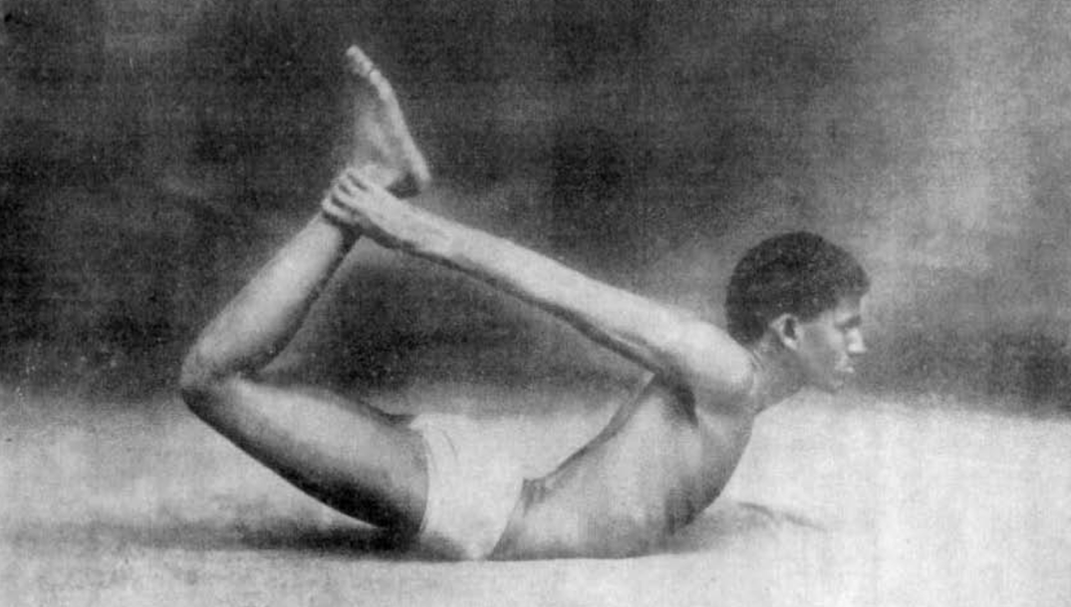
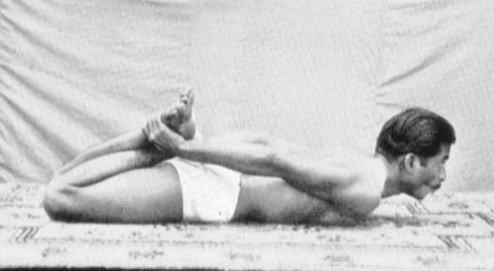
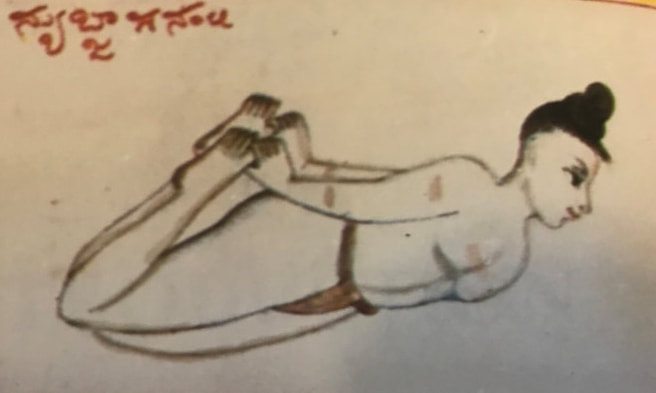
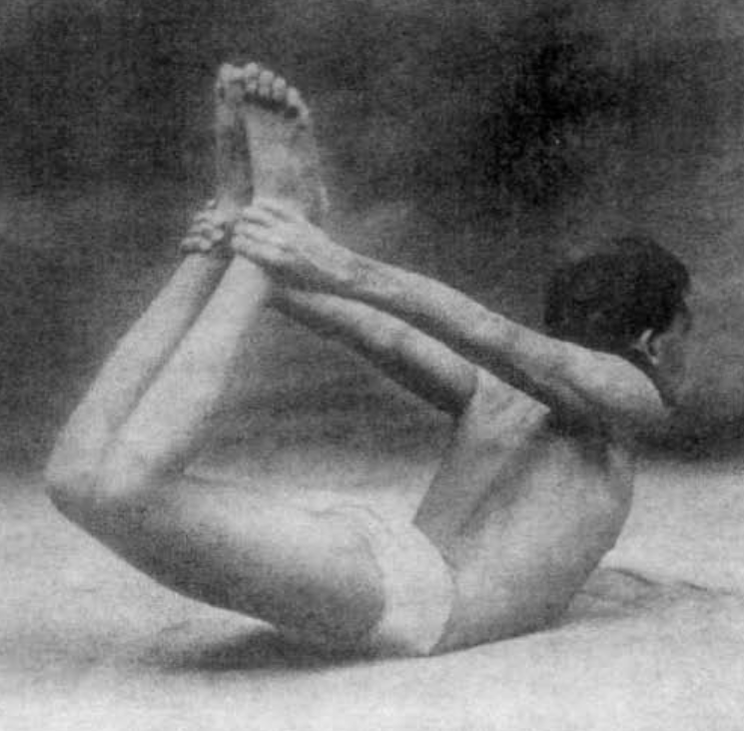
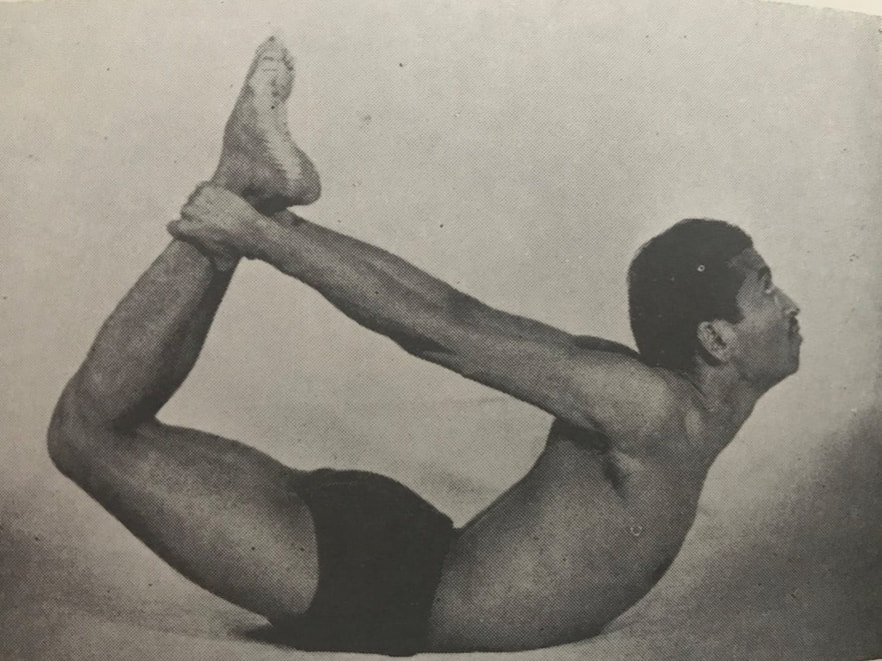
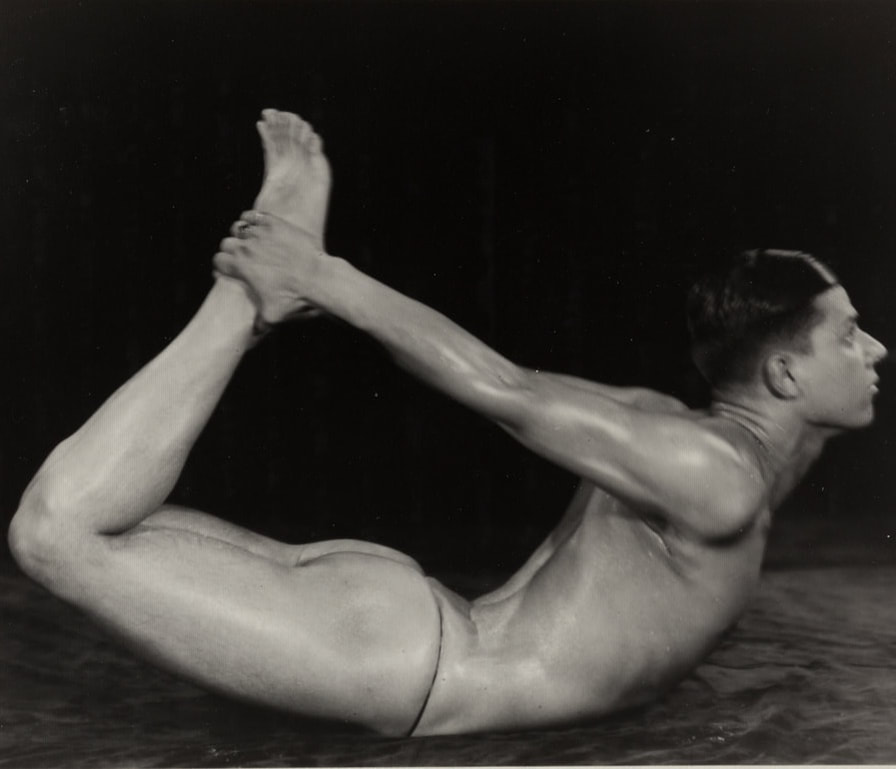
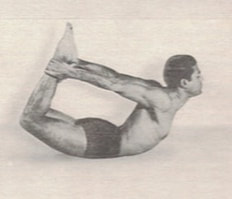
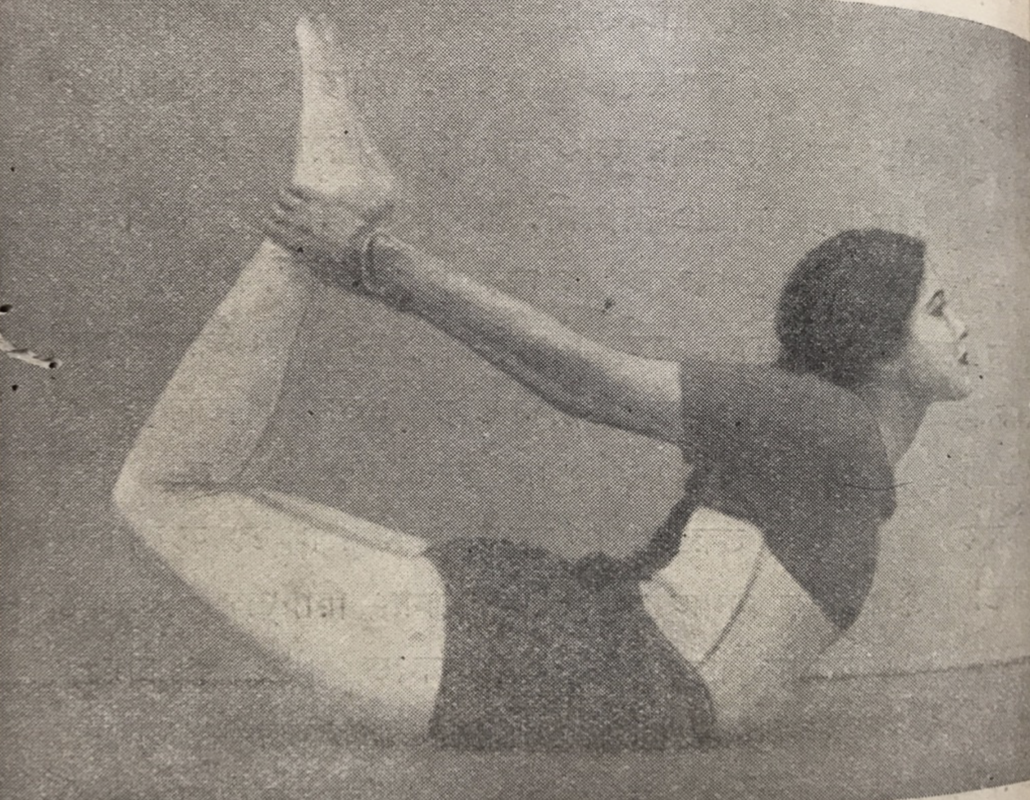
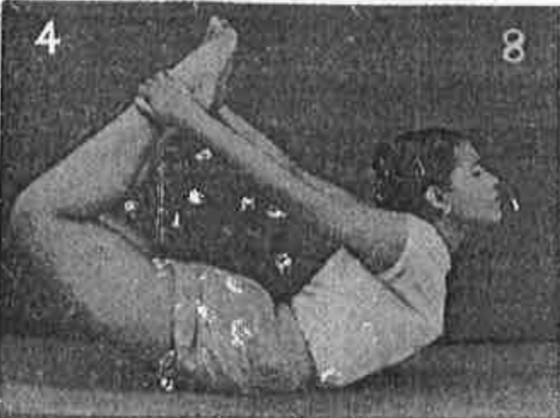
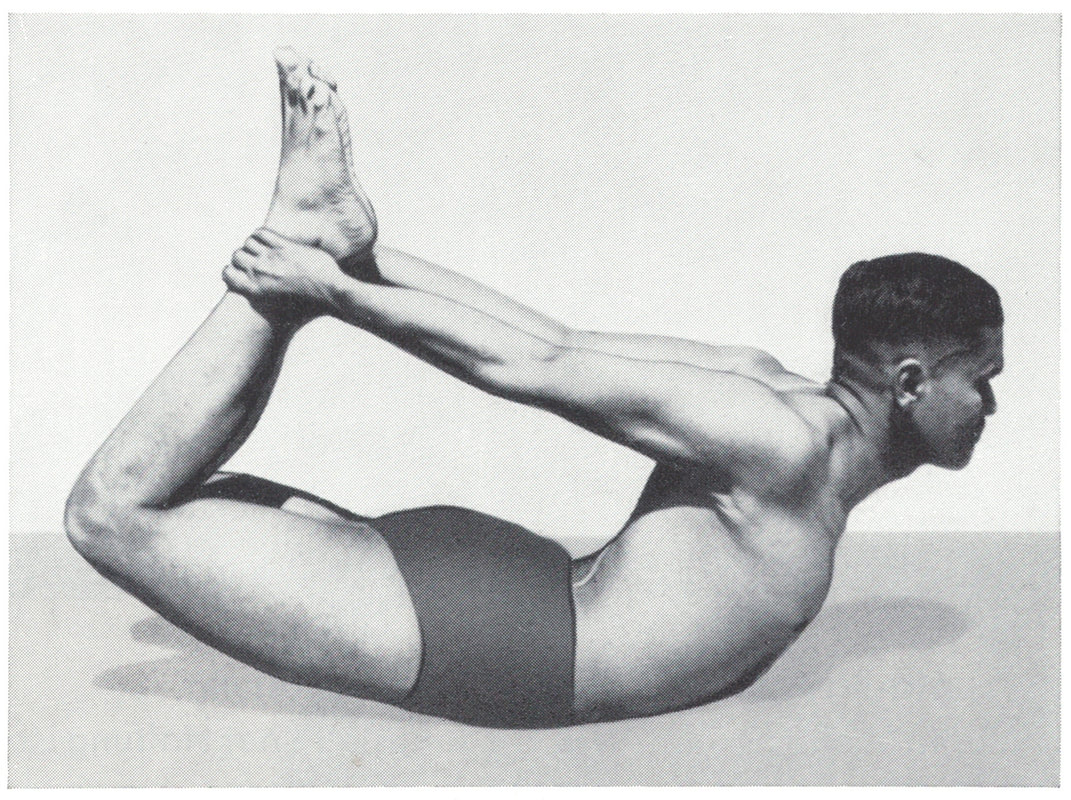
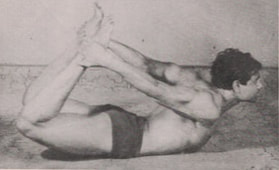
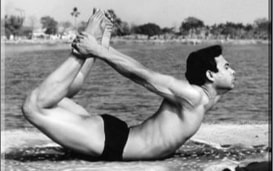
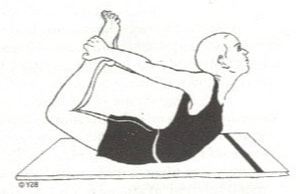
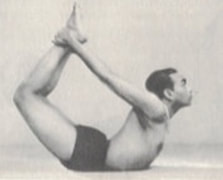
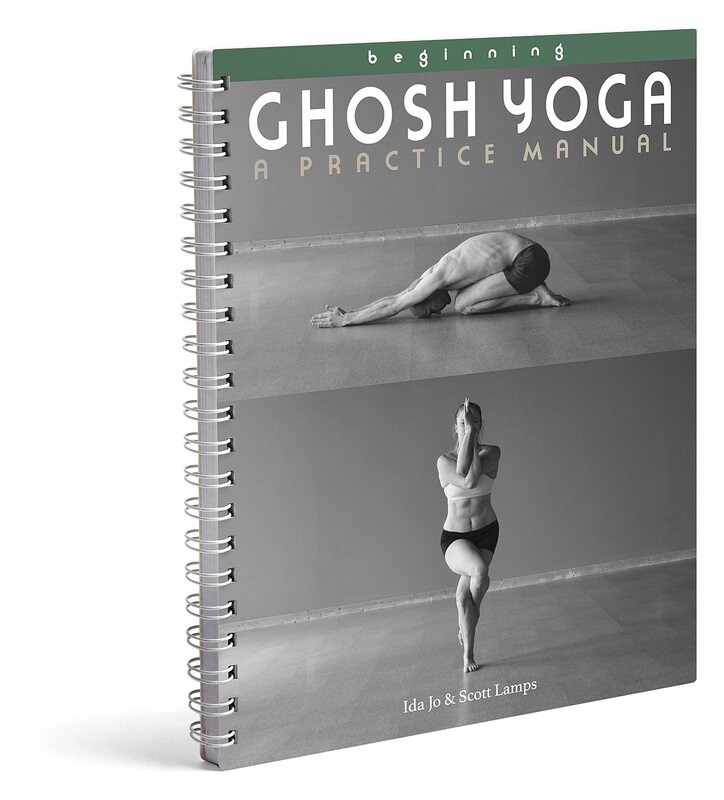
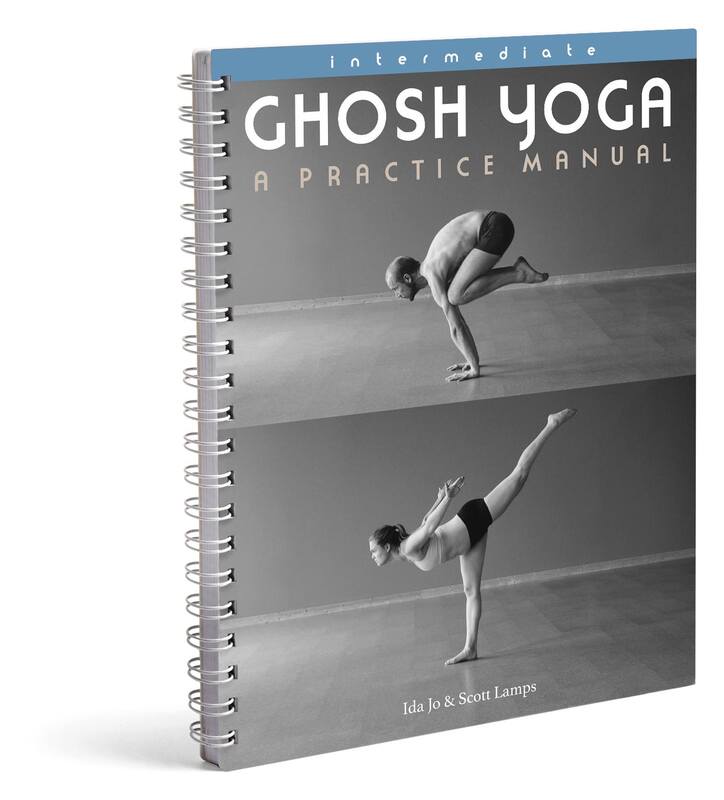
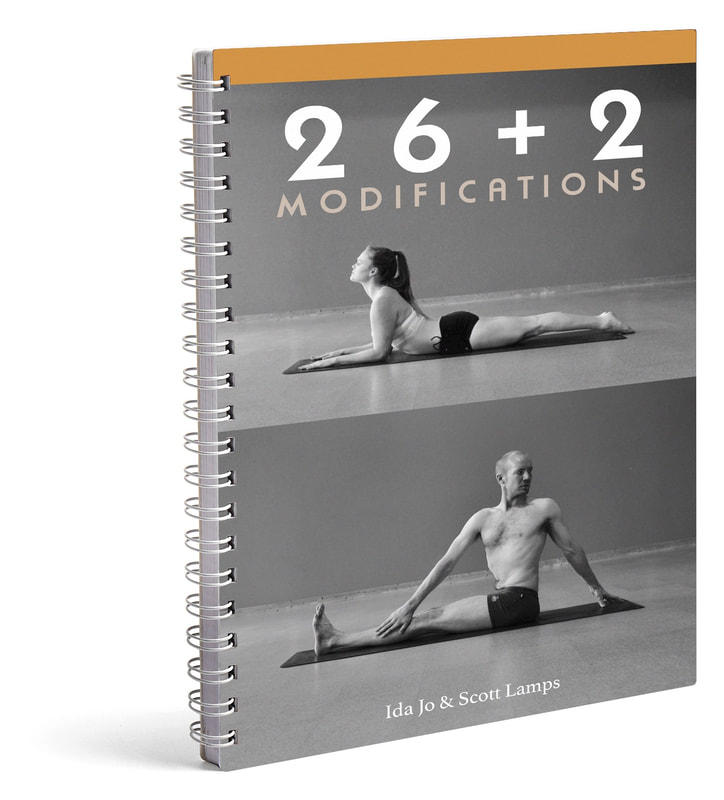
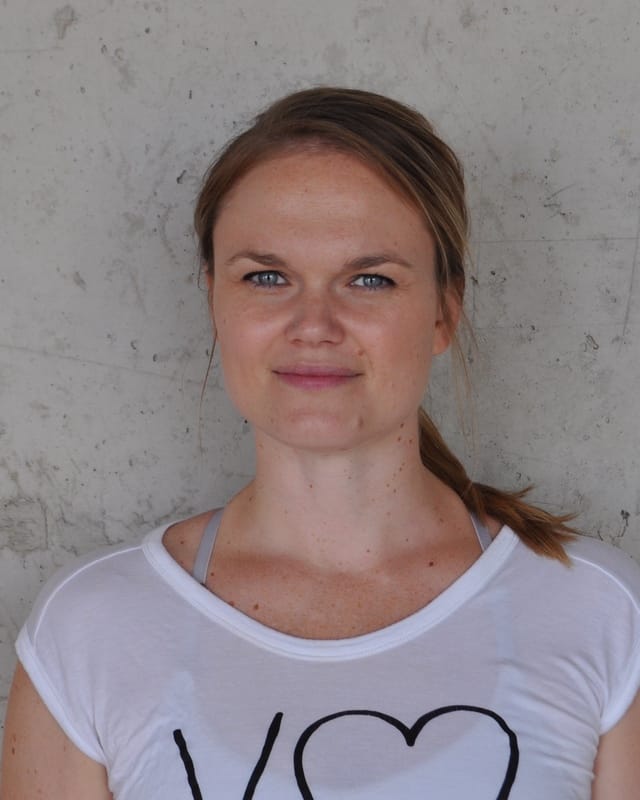
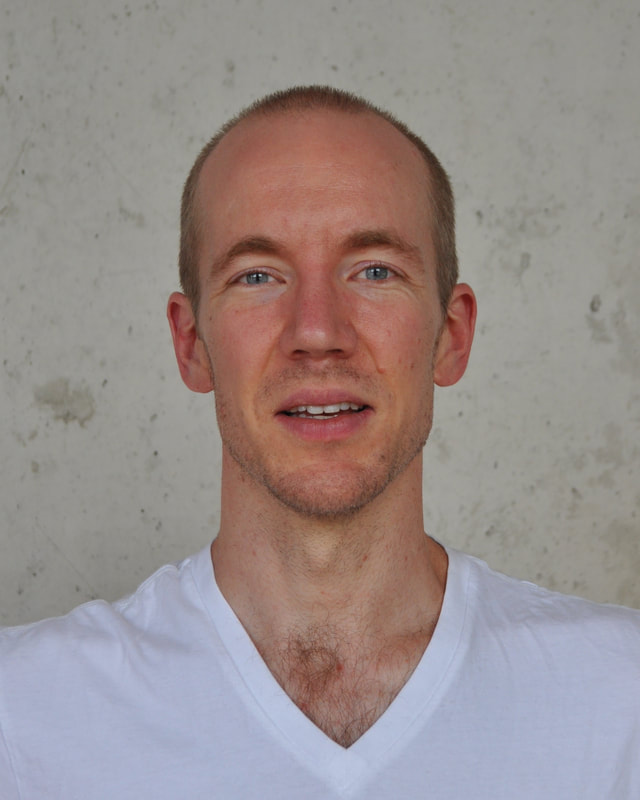
 RSS Feed
RSS Feed